In modern industrial automation, maximizing efficiency and productivity is essential for maintaining competitiveness. While robotic arms have revolutionized manufacturing processes, adding robot linear tracks can further enhance their capabilities, enabling greater flexibility and operational efficiency. In this post, we will explore the key roles that robot linear tracks play in boosting robotic system performance and why they are essential for advanced industrial applications.
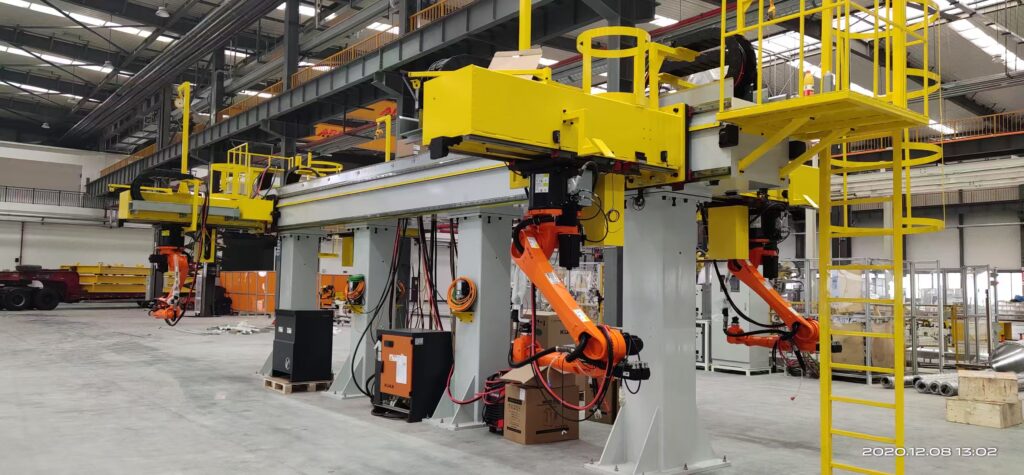
1. Expanding the Robot’s Reach and Coverage Area
A major limitation of stationary robotic arms is their restricted operating range. Robot linear tracks provide a solution by enabling robots to move along an extended axis, significantly increasing their work envelope.
- Extended coverage: Robots can perform tasks over larger production areas.
- Optimized workspace: Fewer robots are required to cover extensive production lines.
- Improved task variety: Robots can switch between multiple stations along the track.
robotic arm extension and expanded robotic workspace.
2. Enhancing Operational Flexibility
By allowing robots to traverse linear paths, manufacturers gain greater flexibility in production processes. This versatility is especially valuable in industries with dynamic production requirements.
- Multi-tasking capability: Robots can handle different tasks at multiple locations.
- Seamless integration: Tracks can be configured to fit complex production layouts.
- Adaptability: Easily reconfigurable for new production lines or tasks.
flexible automation solutions and robot linear track versatility.

3. Improving Production Efficiency and Cycle Times
Robot linear tracks help reduce production cycle times by optimizing task sequences and minimizing idle time.
- Parallel operations: Robots can move between tasks without needing manual repositioning.
- Reduced bottlenecks: Improved workflow coordination across different production stages.
- Faster task execution: Enhanced speed and accuracy of operations.
fast robotic production and cycle time optimization.
4. Reducing Costs and Maximizing Resource Utilization
Implementing robot linear tracks can result in significant cost savings over time.
- Lower capital investment: Fewer robots are needed to handle the same workload.
- Efficient resource usage: Optimized robot movement reduces energy consumption.
- Minimized maintenance costs: Streamlined operations lead to less wear and tear.
cost-effective automation and robot track ROI.
5. Supporting Complex and Large-Scale Applications
Robot linear tracks are essential for industries that require precision and scalability in large manufacturing environments.
- Heavy-duty applications: Suitable for automotive, aerospace, and heavy machinery industries.
- High-precision tasks: Ensures accurate positioning for intricate operations.
- Scalable solutions: Easily extendable to accommodate growing production demands.
large-scale robotic systems and precision robotic applications.
Conclusion
The integration of robot linear tracks into automated systems unlocks new levels of efficiency, flexibility, and cost savings for manufacturers. By expanding the operational range of robots, improving task coordination, and supporting complex applications, these tracks play a crucial role in advancing industrial automation.
If you’re looking to enhance your production capabilities, investing in robot linear tracks is a strategic move toward smarter, more efficient manufacturing.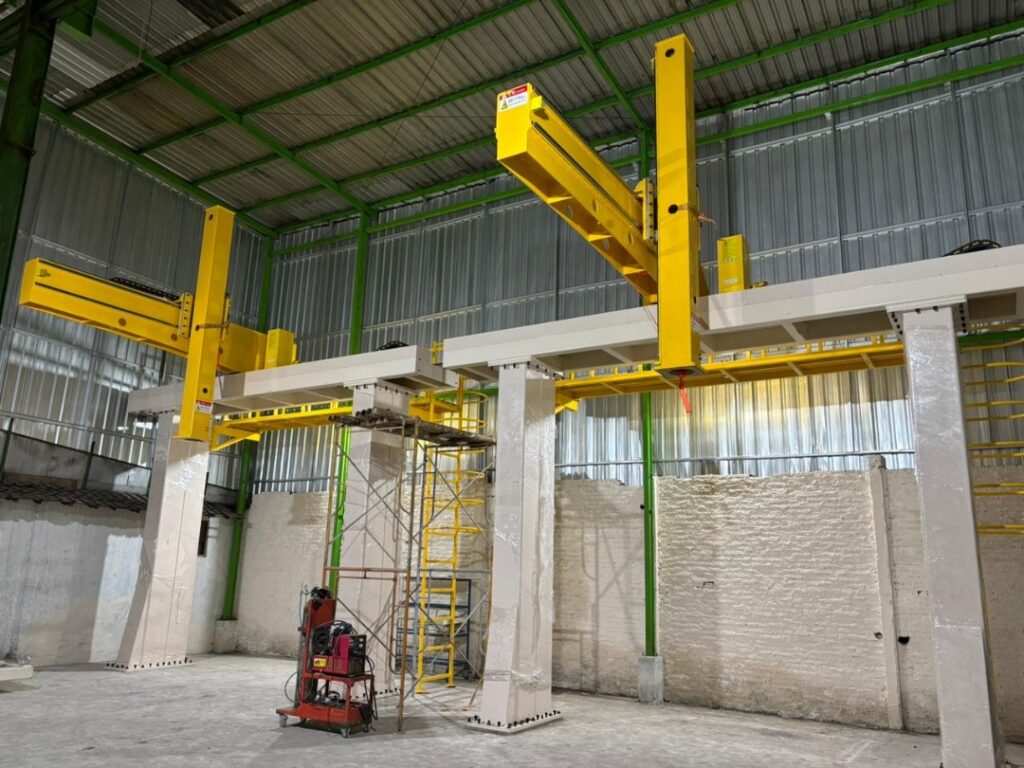

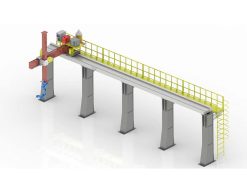 Robot Linear track
Robot Linear track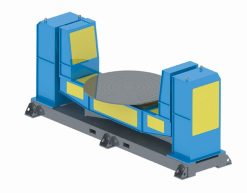 Robot welding Positioner
Robot welding Positioner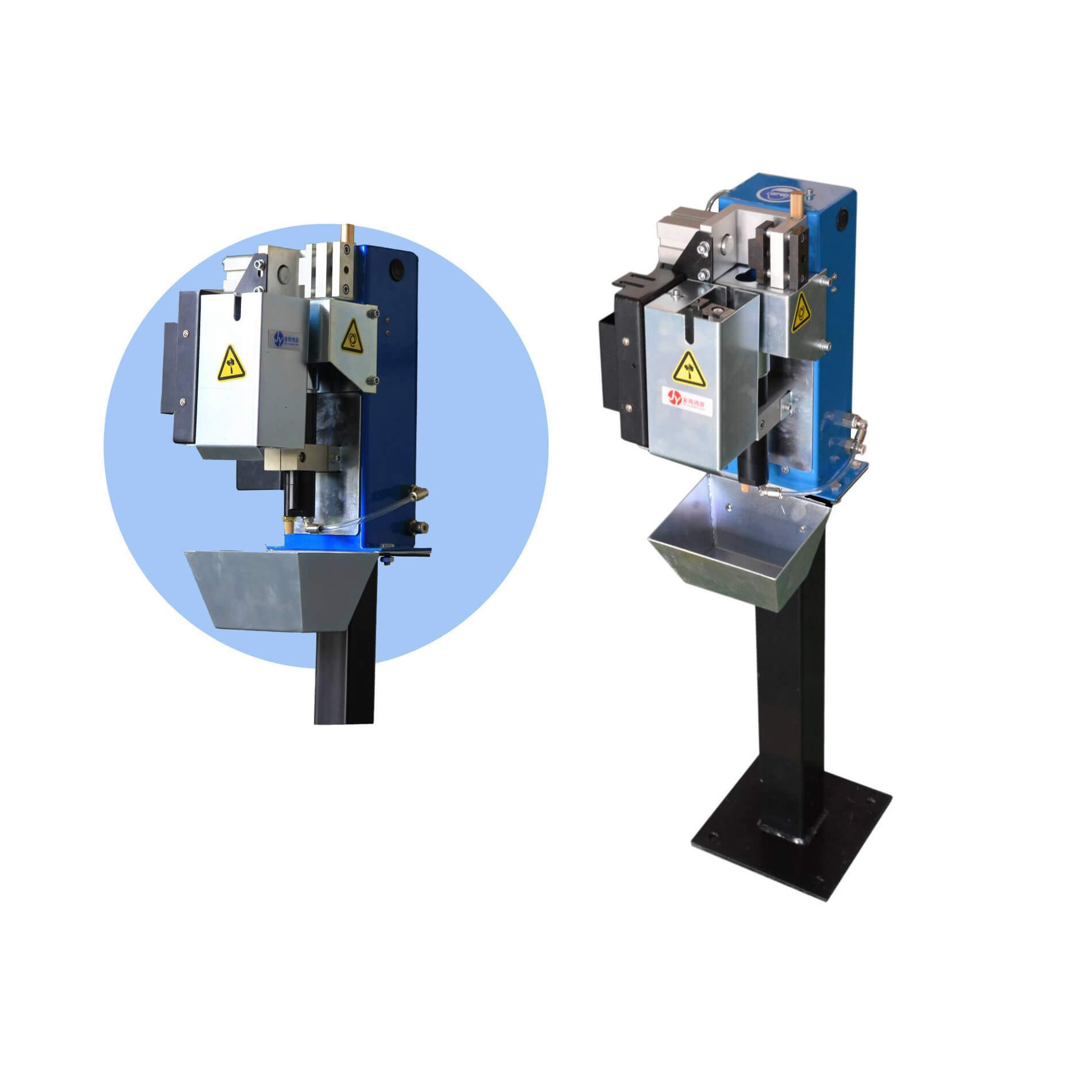 Robot Torch cleaning station
Robot Torch cleaning station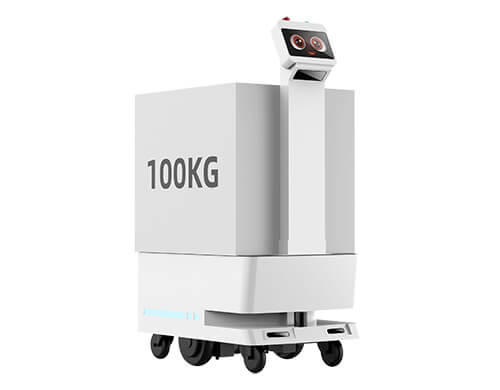 Factory delivery robot
Factory delivery robot